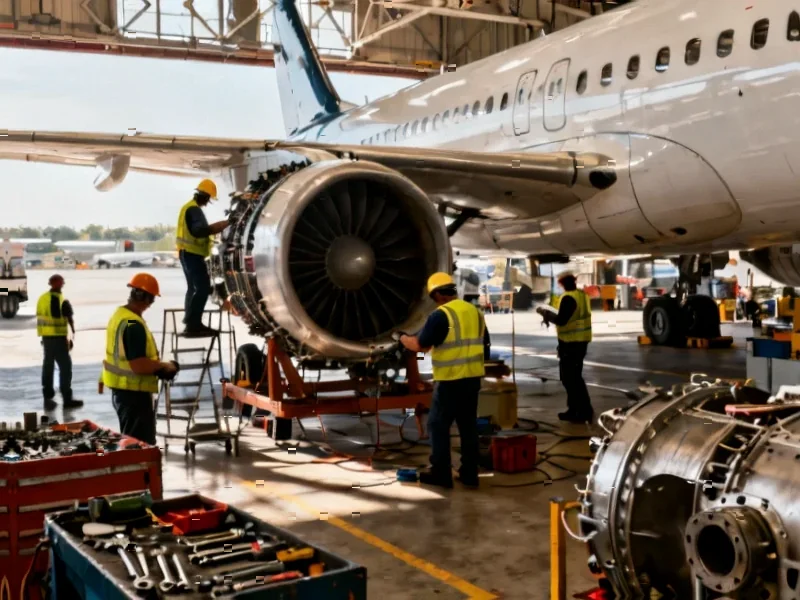According to Phys.org, an international research team has published a study in Nature Sustainability revealing that the global water footprint of material production doubled from 25.1 billion cubic meters in 1995 to 50.7 billion cubic meters in 2021. The research, co-authored by Dr. Asaf Tzachor of Reichman University and Professor Heming Wang of Northeastern University, found that material production’s share of global freshwater use increased from 2.8% to 4.7% over this period, with East and South Asia and Oceania experiencing a staggering 267% surge. Steel emerged as the most water-intensive material, accounting for nearly 40% of the global water footprint in 2021, followed by paper at 18% and plastics at 9%. The study projects that by 2050, water footprints for key materials could grow by up to 179% compared to 2021 levels, potentially reaching 9% of global freshwater use. These findings highlight a critical sustainability challenge that demands immediate attention.
The Technical Underpinnings of Water Footprint Analysis
What makes this research particularly compelling is its methodological rigor in tracking “virtual water” flows through global supply chains. The study published in Nature Sustainability employs sophisticated input-output analysis that connects water consumption data with international trade statistics, allowing researchers to trace how water embedded in materials moves across borders. This approach reveals that water-stressed countries may be exporting their scarce freshwater resources through material exports, creating an invisible hydrological transfer that traditional water accounting misses. The technical challenge lies in accurately attributing water use to specific materials across complex, multi-tiered supply chains where production processes often span multiple countries with varying water efficiency standards.
The Industrial Water Efficiency Imperative
From an industrial engineering perspective, the concentration of water intensity in specific materials like steel and paper points to critical intervention opportunities. Steel production’s dominance at 40% of the material water footprint reflects both its massive scale and the water-intensive nature of processes like cooling, descaling, and gas scrubbing in integrated steel plants. What’s particularly concerning is that many of the most water-intensive production methods are concentrated in regions already facing severe water stress, creating a dangerous feedback loop. The technical solutions exist—closed-loop cooling systems, dry quenching technologies, and advanced water treatment for reuse—but face economic and implementation barriers in rapidly industrializing economies where capital constraints and competing priorities often delay adoption.
The Stark Reality of Regional Disparities
The 267% increase in water footprint across East and South Asia and Oceania represents more than just statistical growth—it signals a fundamental shift in global industrial geography. While OECD countries reduced their water footprint by 11%, this apparent improvement may partly reflect the outsourcing of water-intensive production to developing regions. This creates a concerning dynamic where water scarcity risks become concentrated in economies least equipped to manage them. The identification of hotspots like India, Kazakhstan, and Turkey suggests that water stress is becoming geographically correlated with industrial growth patterns, potentially creating future flashpoints for both economic disruption and environmental degradation.
Beyond the Numbers: Understanding Future Projections
The projection of up to 179% growth by 2050 deserves careful technical scrutiny. This forecast likely incorporates multiple competing trends: continued economic expansion driving material demand, efficiency improvements from technological advancement, and the complex interplay between decarbonization efforts and water use. For instance, many clean energy technologies require substantial material inputs—solar panels need aluminum and copper, wind turbines require steel and rare earth elements—creating potential tension between climate goals and water sustainability. The circular economy practices mentioned in the study could significantly alter these trajectories if implemented at scale, but current recycling rates for many key materials remain disappointingly low due to technical and economic barriers.
The Urgent Need for Integrated Policy Solutions
The call for a “water-materials nexus approach” represents a fundamental shift in how we conceptualize industrial and environmental policy. Traditional regulatory frameworks often treat water management and industrial development as separate domains, but this research demonstrates their inseparable connection. Effective solutions will require cross-ministerial coordination that aligns industrial policy, water resource management, and environmental protection. The suggested interventions—subsidies, tax incentives, and financial support for water-saving technologies—must be carefully designed to avoid unintended consequences and ensure they target the most water-intensive processes within material production value chains.
Broader Implications for Global Sustainability
This research fundamentally challenges our conception of water scarcity as primarily an agricultural or municipal issue. The rapid growth in industrial water use for material production suggests we’re entering a new phase of global water stress where industrial competition for limited freshwater resources may soon rival traditional uses. This has profound implications for corporate water risk assessment, investment decisions, and international trade patterns. Companies dependent on water-intensive materials may face increasing supply chain vulnerabilities, while investors will need to incorporate water scarcity into their risk models for industrial and infrastructure projects. The era of treating water as an abundant, low-cost industrial input is clearly ending, and the transition to water-aware industrial systems will define sustainable development in the coming decades.




